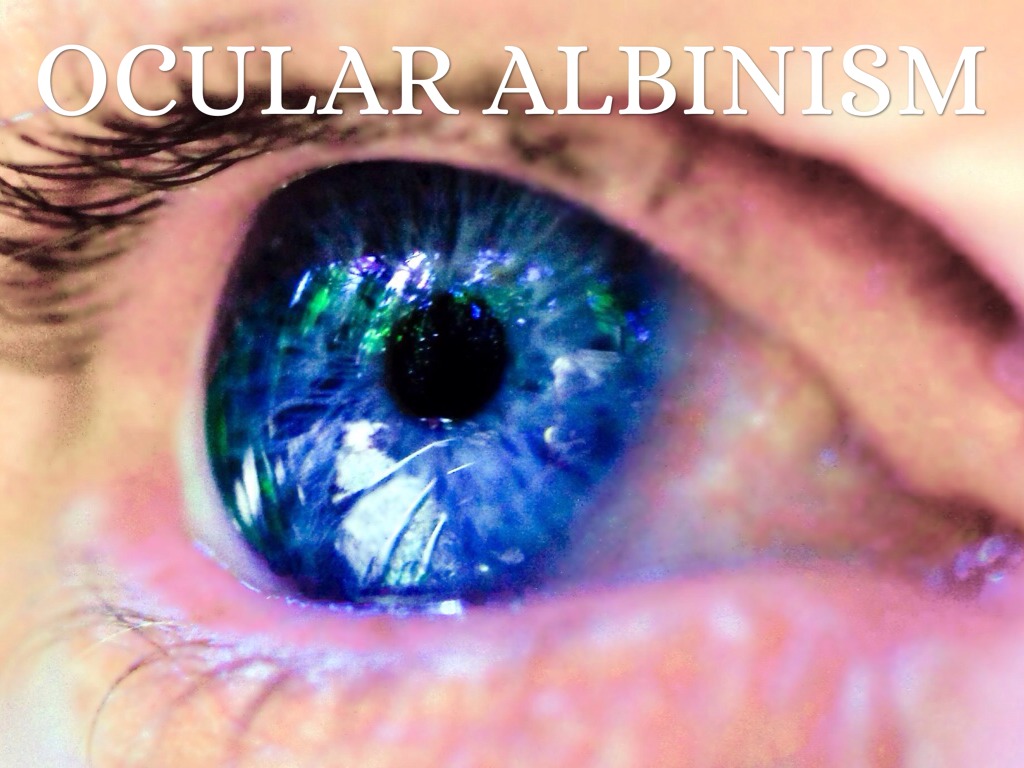What Leads To Ocular Albinism & Can It Be Cured?
Albinism is a rare group of genetic disorders that affects the skin, hair, or eyes. When there is little or no production of melanin, a pigment that determines hair, skin and eye color and vision. Ocular albinism can make eyes look altered and behave contrarily.
Individuals with albinism are very delicate to the radiations of the sun, therefore they’re at a higher risk of acquiring skin melanoma. Based on a study conducted by the National Organization for Albinism and Hypopigmentation, nearly 1 in 15,000 to 18,000 people in North America have a kind of albinism.
Ocular Albinism
Ocular albinism is a very rare disorder and is typically caused by a defect in the genes (GPR143 gene) that produces or releases melanin pigment. And provides instructions for making a protein primarily related to the coloring (pigmentation) of the eyes and skin. Melanin is responsible for providing coloration to the eyes, hair, and skin.
Mutations in the protein sequence can affect the protein’s capacity to do its work. As a result, melanosomes in the skin and retinal cells can propagate unusually big. That leading to the signs and symptoms of the condition. The factors causing this condition vary depending on their signs and symptoms and in some cases it is unknown.
Skin:
Albinism is a rare hereditary disorder in which slight or not a bit of the skin pigment, melanin develop. It arises in individuals of all ethnicities and all across the globe.
Individuals who have fewer distinguishing types of albinism may have some pigment to their membrane. Their hair might be rather red, and/or their eyes may be blue or brown.
Since melanin guards the skin against the sun, individuals with albinism are very susceptible to suntan. And skin melanoma (especially squamous cell carcinoma). Even limited exposure to bright sunlight can result in severe sunburn. For certain individuals with albinism, skin coloration never alters. However, for many, melanin secretion may develop or upsurge during childhood and the adolescent age.
Hair:
For albinos, the color of the hair may change to white or brown. Specifically, people from Asian or African descent, the hair color can range from yellow, reddish or brown. There inherit characteristics however natural factors such as exposure to normal minerals in water. And the environment can also lead to this deficiency.
Eye Color & Vision:
In addition to causing hypopigmentation (an abnormally low amount of melanin) or depigmentation (complete loss of pigment) of the skin. It also affects the eyes with decreased vision, misalignment of the eyes, and uncontrolled eye movements.
The most widespread type of ocular albinism affects only men who have inherited an albinism chromosome from their parents. Some women can have a milder symptom of the disease if they have inherited this genetic material.
Can Ocular Albinism Cure?
Although until late 2011, no prospective therapies or cure present for albinism. However, the following may be useful and a new treatment may provide some effective solution.
Low-Vision Aids: There is no such treatment that can potentially aid the requirements of all albinos across all scenarios. Young teenagers may just require eyeglasses or prescribed reading glasses, while young adults will need contact lenses. Rarely, telescopic lenses mounted on glasses recommend for work related to driving and distance vision. Apparently, Braille is not required as kids with this condition read the dots visually.
According to National Eye Institute’s Ophthalmic Genetics Foundation. It states that interested groups to co-generate the use of nitisinone for ocular albinismor as a therapy for enhancing coloration in the eyes, hair, and skin of albinos.
